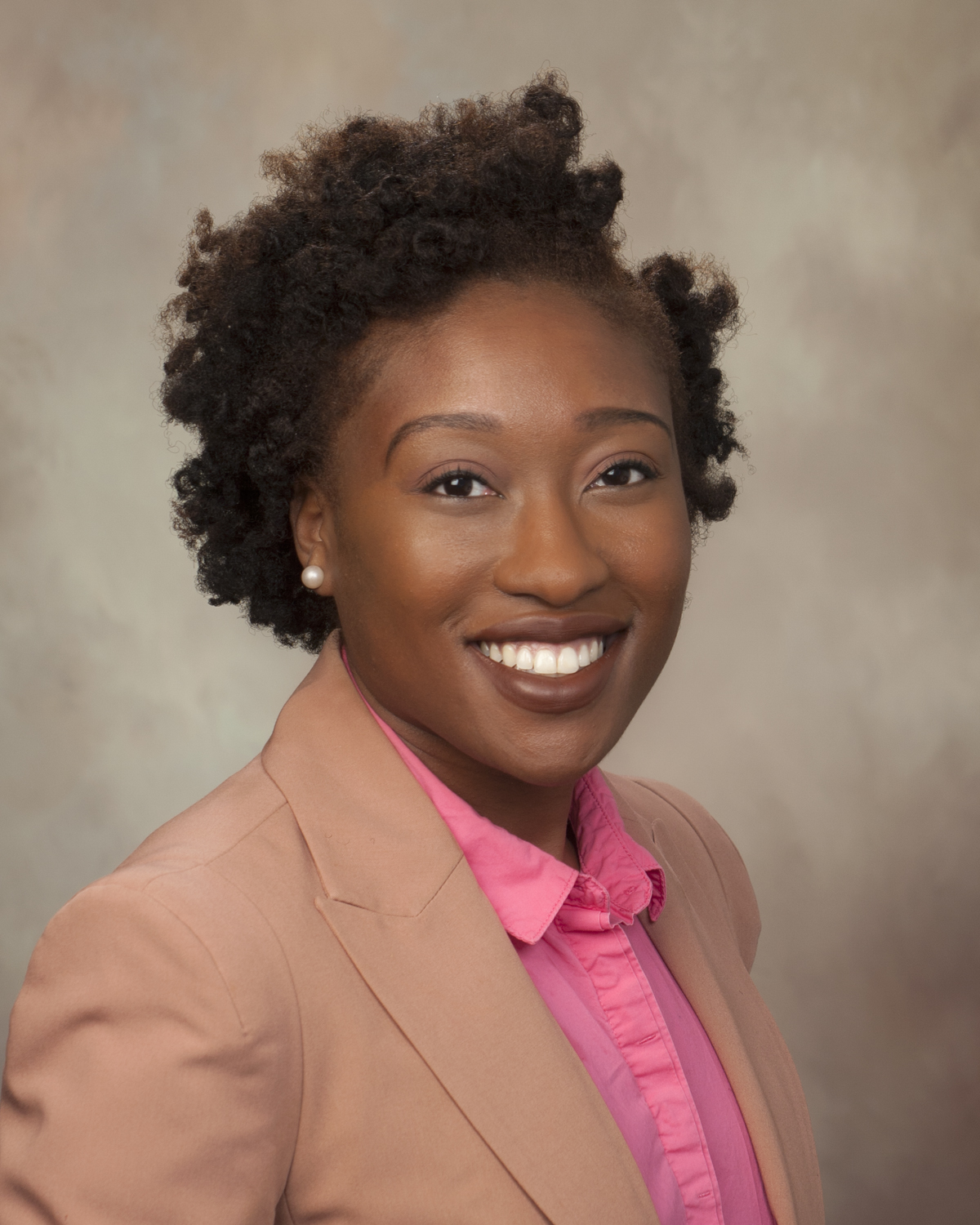Investing in Black Led Institutions and CDFIs Drives Wealth in Southern Rural Communities
September 29th, 2023
By Courtney Thomas, Senior Policy Analyst
Earlier this summer, I had the opportunity to serve on a panel alongside the Consumer Financial Protection Bureau (CFPB), the Robert Wood Johnson Foundation, and the Assets Funders Network to discuss the latest CFPB reports on consumer finances and credit access in the South. Panelists discussed the reports’ findings with particular emphasis on strategies funders can utilize to address systemic challenges in banking access. Rural southern communities are characterized by high areas of persistent poverty and low public and private investment. A unique approach tailored to leverage the diverse strengths and assets of southern communities is crucial to increase financial resources in those areas. Community Development Financial Institutions (CDFIs) and Minority Depository Institutions (MDIs) are a proven vehicle to advance economic mobility and drive capital into rural and historically underserved markets.
Rural southern communities face systemic challenges in banking access. Borrowers in the rural south experience fewer bank branches per person, higher unbanked and underbanked rates, and uneven access to credit opportunities as compared to the rest of the country.[1] Minority Depository Institutions and CDFIs bridge the access gaps by offering affordable financial services in these often-overlooked populations. These institutions are more likely to be situated in low-resourced and Black communities.[2] We find this in our own lived experience. At Hope Credit Union, one of the nation’s largest Black and women owned financial institutions, eight out of every ten branches are located in majority Black communities and more than 80% are in low-income census tract areas. By targeting communities most in need of affordable financial services, CDFIs and MDIs build trust and improve access to financial products and capital for fruitful, mutually beneficial banking relationships.
For example, MDIs originate a higher proportion of loans to Black and low-income borrowers. An Urban Institute study found that, on average, from 2004-2018 Black banks originated between 75 and 100 percent of mortgages to Black borrowers, in contrast to non-Black lenders whose share of mortgage loans never exceeded 10% in those same years.[3] A closer look at Home Mortgage Disclosure Data (HMDA) reveals that Black borrowers are denied mortgages at higher rates than white borrowers across income spectrums, further underscoring the importance of the access MDIs provide to homeownership for Black households.
CDFIs are also more likely to lend to underserved borrowers. In the Paycheck Protection Program (PPP), CDFIs and MDIs outperformed non-CDFIs and non- MDIs in Paycheck Protection Program Lending (PPP) to low- and moderate-income areas and small businesses during the pandemic. Only 28% of total PPP loans were directed to businesses located in low and moderate-income areas, whereas 40% of PPP loans deployed by CDFIs and MDIs were directed to the same population.[4] HOPE deployed 50% of its loans to low/moderate income communities compared to traditional banks (28%).
Despite their crucial role in driving capital and resources to underserved communities, CDFIs, especially rural serving and minority led institutions, remain undercapitalized. Hope Policy Institute analysis of data from the U.S. Department of Treasury showed that from 2014 to 2017, the assets of White-led CDFIs grew by $21.8 billion, while the assets of minority-led CDFIs grew by just $682.5 million. In fact, in every year reported for awardees, the median asset size of White-led CDFIs was at least twice the median asset size of minority-owned awardees. In some years, it was three times as high.[5]
Disparities also exist along geographic lines. Bank investments lag for CDFIs in rural areas as compared to CDFIs in non-rural areas. Only 27 cents of every dollar borrowed by rural CDFIs was from a bank in contrast to urban CDFIs who received half of their borrowed funds from banks.[6]
To fully support MDIs and CDFIs with a strong track record of serving historically marginalized communities and MDIs, HOPE make the following recommendations:
- Provide long-term flexible capital that mission-driven CDFIs can tailor to meet the needs of historically marginalized communities.
- Prioritize CDFIs and MDIs as strategic partners in deploying federal resources to financially fragile, harder to reach, and historically underserved communities.
- Continued and increased funding for CDFIs through Treasury and other federal agencies.
- Address capital gaps historically faced by CDFIs and MDIs led by people of color, especially given their outsized impact in reaching borrowers and communities of color.
- Ensure accountability and transparency in the uses of Funds deployed by CDFIs, both individually and collectively.
- Place increased priority on ensuring that MDI ownership by people of color is not lost through mergers or acquisitions.
- CDFIs and MDIs cannot do this work alone, so require banks to do more, directly and in partnership with CDFIs and MDIs.
While banks and other large financial institutions have a role in closing gaps in wealth, homeownership, and financial services, sustained and targeted investment in mission-focused CDFIs and MDIs with a demonstrated commitment to serving people of color is a proven solution for setting the nation on a path toward inclusive economic prosperity, particularly for southern rural communities.
[1] Consumer Financial Protection Bureau (2023). “Banking and Credit Access in the Southern Region” https://www.consumerfinance.gov/data-research/research-reports/banking-and-credit-access-in-the-southern-region-of-the-us/
[2] Sivak, Ed. (2020). “Minority Depository Institutions in the Deep South.” Hope Policy Institute http://hopepolicy.org/blog/minority-depository-institutions-in-the-deep-south/
[3] Neal, M. (2020). “To significantly increase access to capital for communities of color, we need to support Black banks and all CDFIs”. Urban Institute. https://www.urban.org/urban-wire/significantly-increase-access-capital-communities-color-we-need-support-black-banks-and-all-cdfis.
[4] Burt, Kiyadh and Diane Standaert. (2021). “Racial gulf created by economic recovery efforts will echo for generations” MLK 50. https://mlk50.com/2021/08/11/racial-gulf-created-by-economic-recovery-efforts-will-echo-for-generations/
[5] Burt, Kiyadh. (2020). “Analyzing the CDFI Asset Gap: Examining Racial Disparities in CDFI Fund Awardees from 2003 to 2017” (Jackson, MS: Hope Policy Institute, November 5, 2020), http://hopepolicy.org/manage/wp-content/uploads/CDFI-Fund-Time-Series-Analysis-brief-edited.pdf.
[6] Partners for Rural Transformation. (2019). “Transforming Persistent Poverty in America: How Community Development Financial Institutions Drive Economic Opportunity”. https://www.ruraltransformation.org/wp-content/uploads/2020/03/Transforming_Persistent_Poverty_in_America_-_Policy-Paper-PRT-_FINAL.pdf






